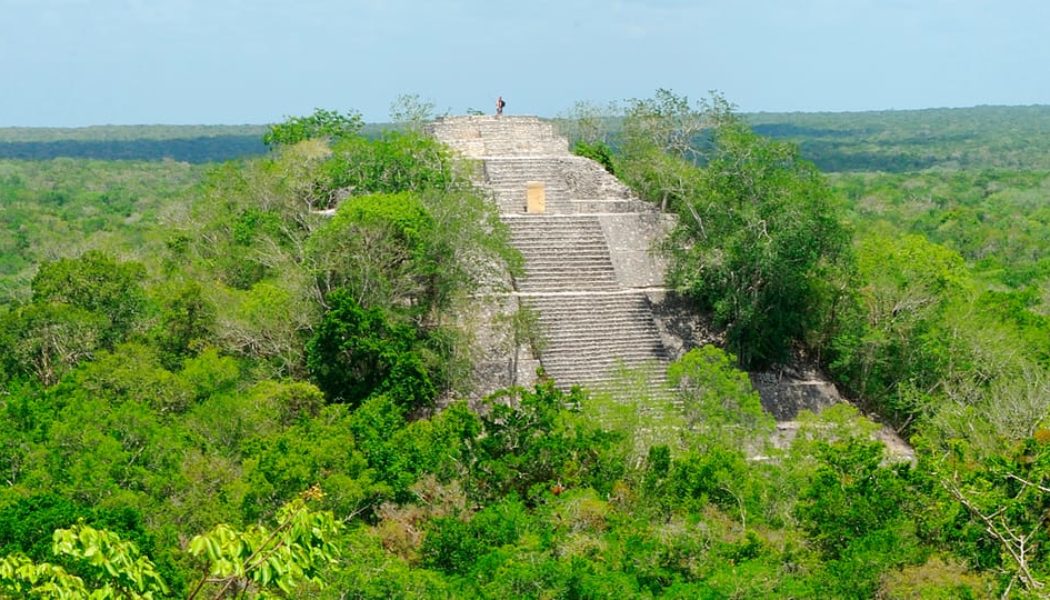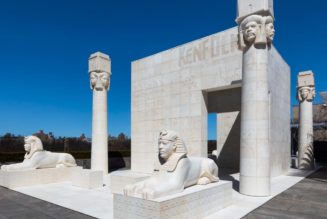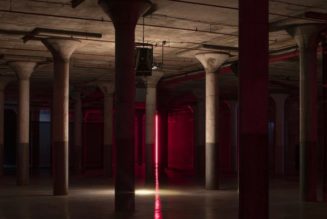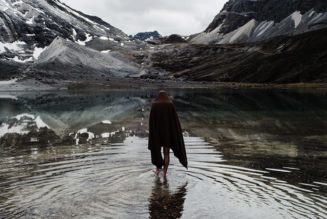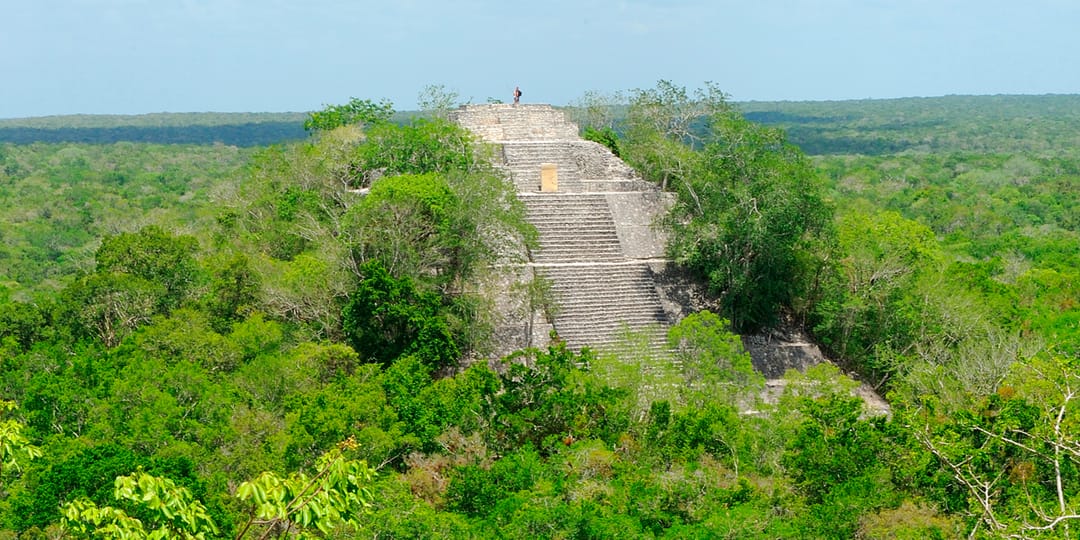
It’s not everyday that one stumbles on the ruins of an ancient civilization, especially those that have yet to be discovered. For Luke Auld-Thomas, a PhD student from Tulane University, his curiosity to use laser mapping known as Lidar, led to him being able to trace an entire network of buildings that had for centuries been covered by jungle in Mexico’s southeastern state of Campeche.
Three sites in total were unearthed, together, equalling the size of Scotland’s capital Edinburgh, and believed to have once been populated with over 50,000 people in 750 to 850 AD. Researchers have named the new ancient city Valeriana, after a local lagoon. The discovery refutes previous assumptions within scholarly circles that the Tropics were where “civilizations went to die”, according to Professor Marcello Canuto.
“The ancient world is full of examples of cities that are completely different than the cities we have today,” Auld-Thomas explained. “There were cities that were sprawling agricultural patchworks and hyper-dense; there were cities that were highly egalitarian and extremely unequal. Given the environmental and social challenges we’re facing from rapid population growth, it can only help to study ancient cities and expand our view of what urban living can look like.”
There are no previous images of Valeriana, as local residents had rarely, if ever, ventured into its deep dense vegetation. Early scans show that the city was once the size of an ancient Maya capital — with multiple plazas, temples, a reservoir and even a ball court.
